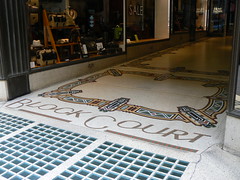 In the photo on the right you can see terrazzo floor of the arcade with the Block Court name incorporated into the the flooring. Notice also the windows of the shops in the arcade and the vent below each window.
In the photo on the right you can see terrazzo floor of the arcade with the Block Court name incorporated into the the flooring. Notice also the windows of the shops in the arcade and the vent below each window. The photo above shows the lettering above the entrance to the arcade and the ornate ceiling beyond. You can also catch a glimpse of the style of the building above street level.
Originally it was build at the Athenaeum Club in 1890, then in 1930 it was remodelled from designs by Harry Norris. The building was renamed Block Court and the shopping arcade was added at street level.The arcade oozes Art Deco elements. The copper frames of the shop windows bear a zig-zag pattern. The stained glass above the doorways have side panels with chevrons and an elaborate deco centrepiece.The ceiling decoration includes stepped geometric shapes and stylished floral motifs.Then, finally, there is the floor with its mulit-colured terrazzo border.
Reference:
Block Court, National Trust Database


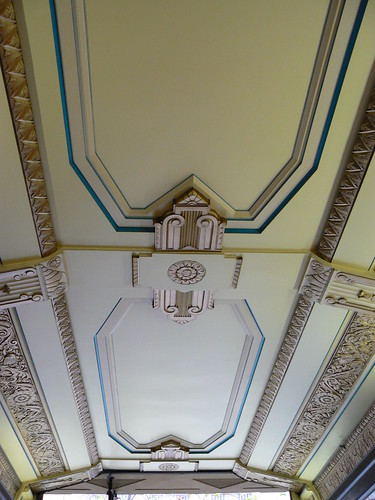

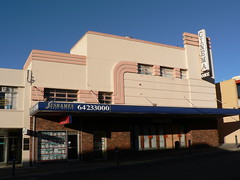
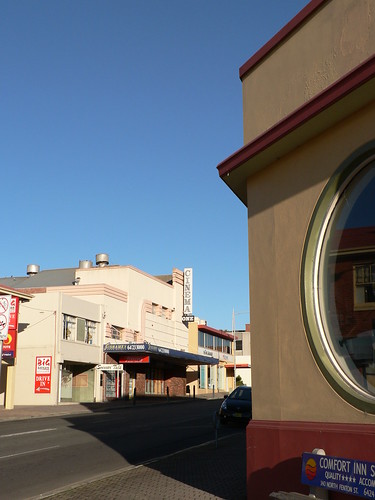
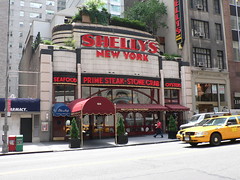
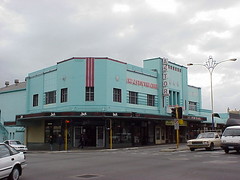
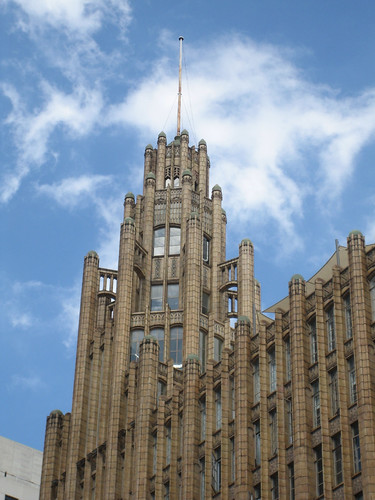


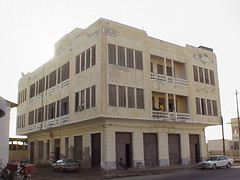
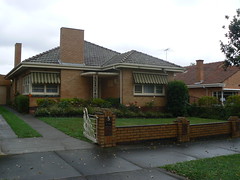

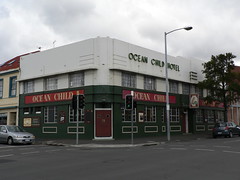

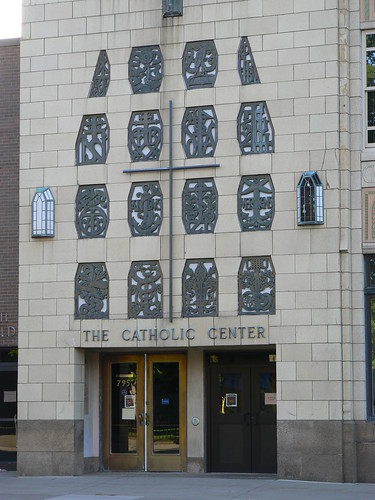
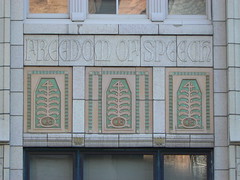
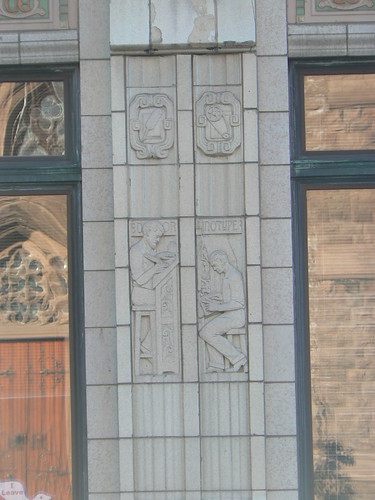
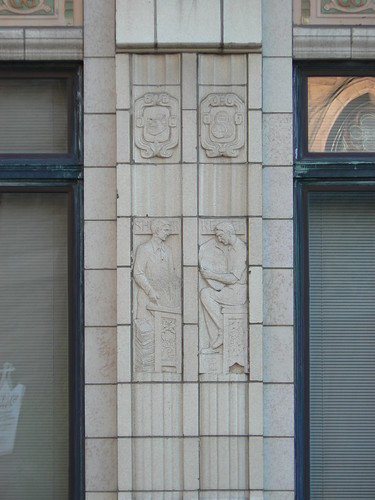

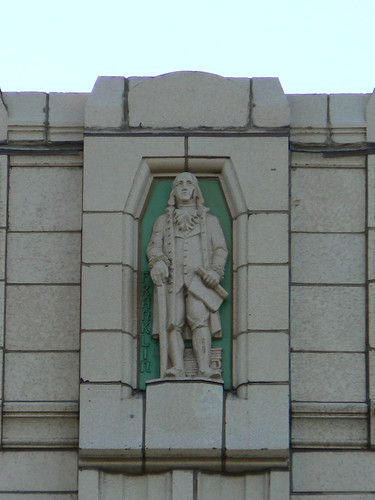

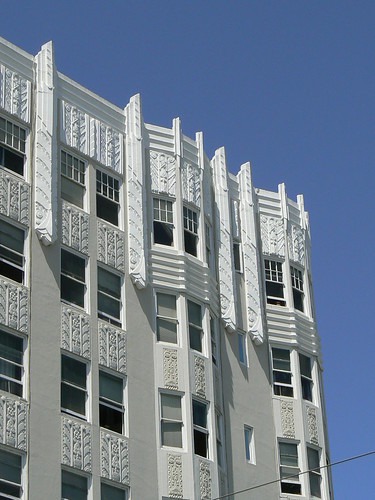
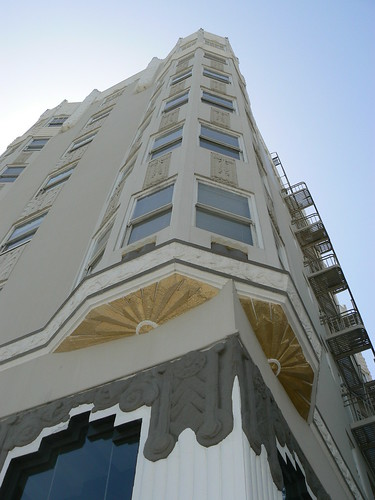
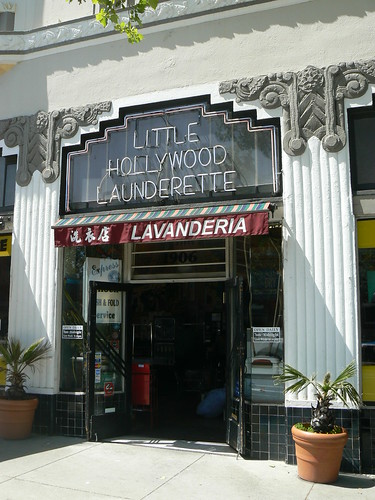
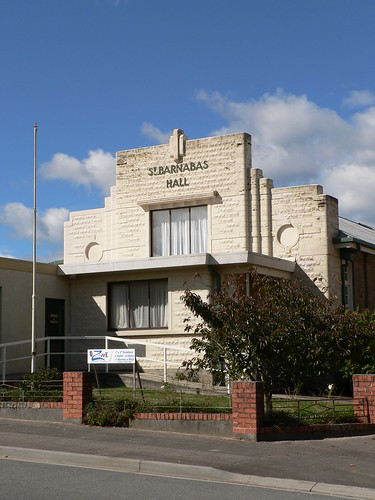

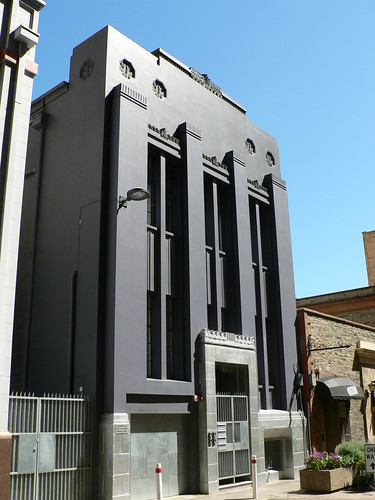
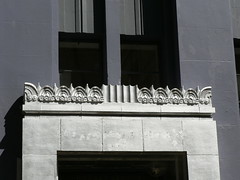
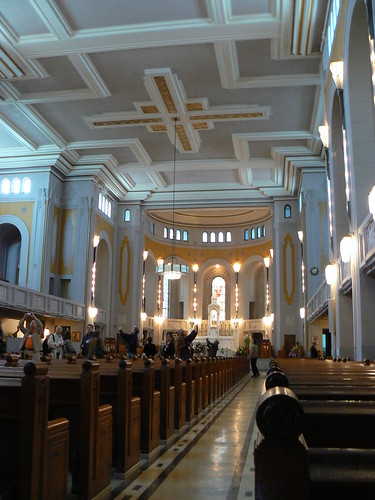
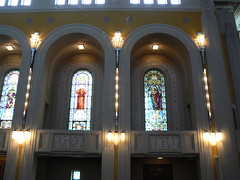

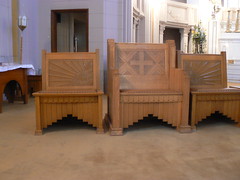

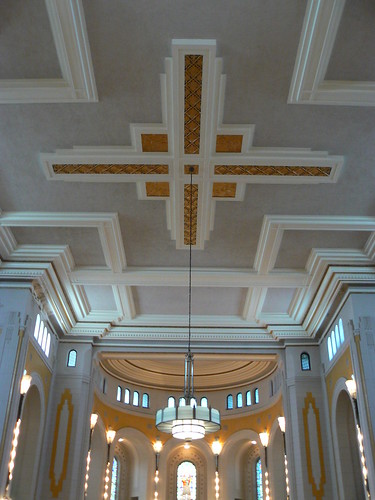
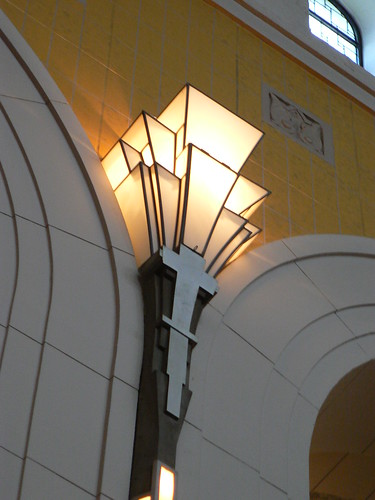

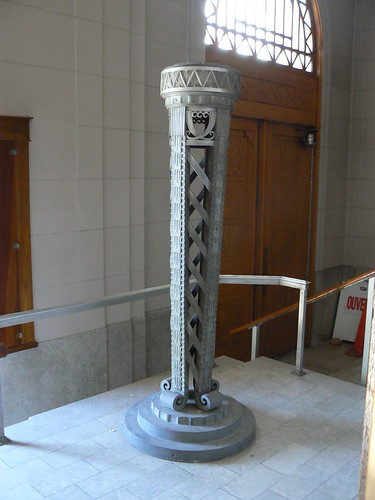

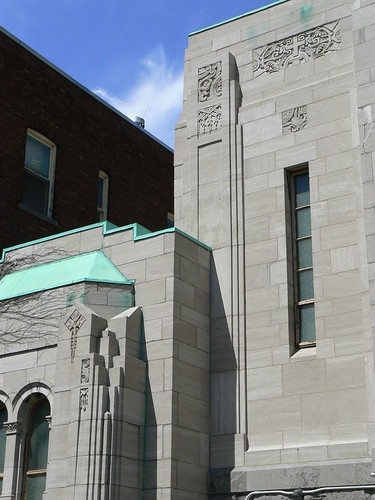


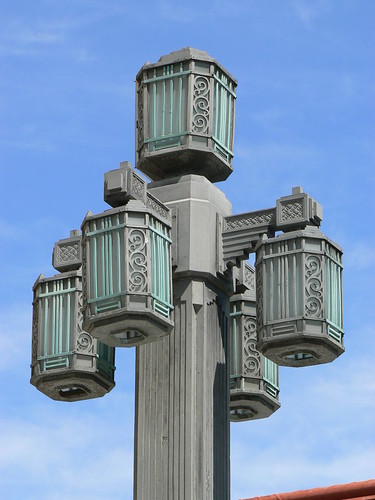
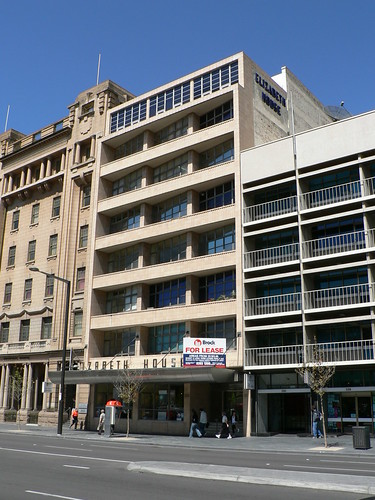
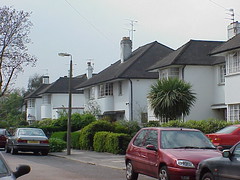
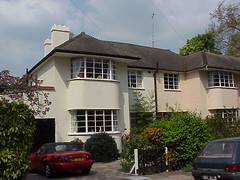

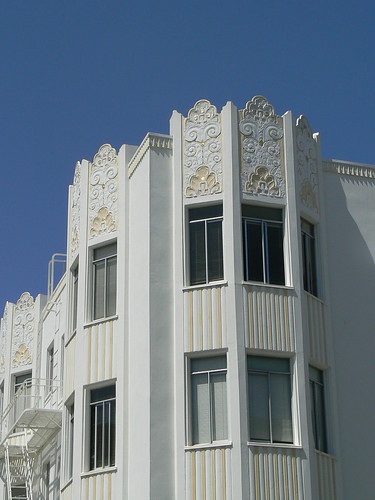
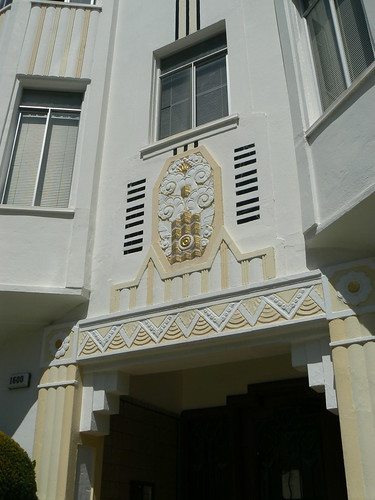
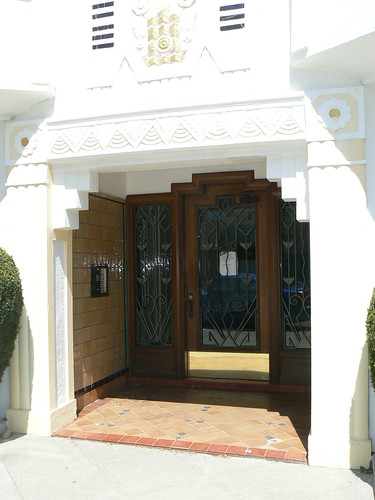







































.jpg)














